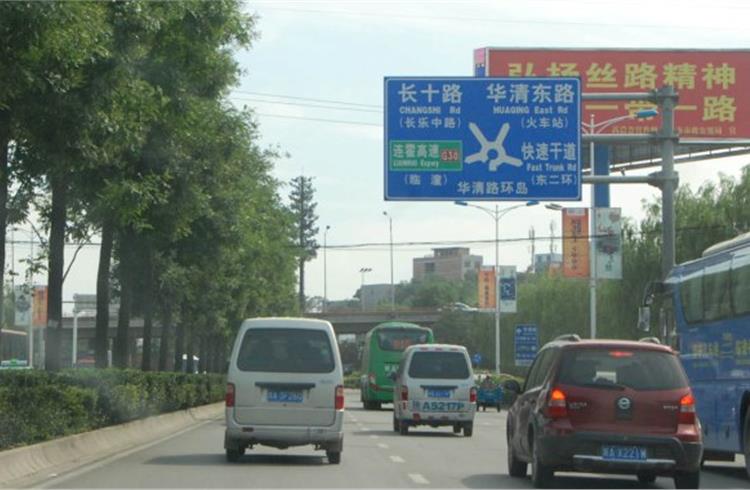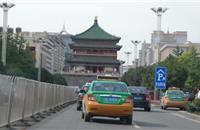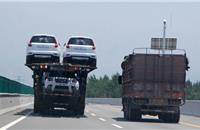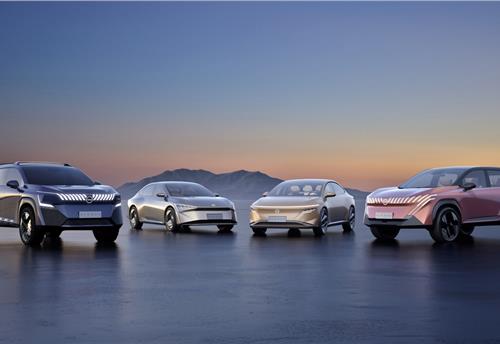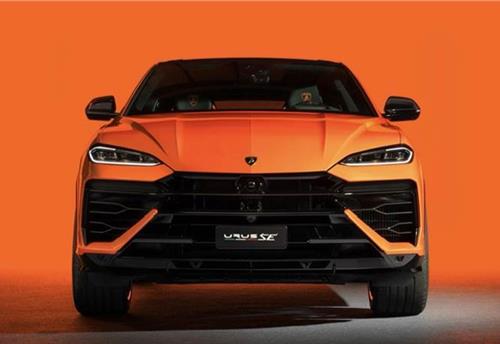China’s smaller cities help drive new car sales in 2015
While sales growth has slowed since 2014, China still saw 18.9 million new cars being sold in 2015 and 55% of foreign car buys were outside of the Tier 1 and 2 cities.
China’s new car market continues to be affected by the economic slowdown and the introduction of car purchase restrictions in eight key cities. New passenger car registrations in the world’s largest market totalled 18.9 million in 2015, an 11% increase on 2014.
Although new car sales growth for 2015 was still in the double digits, the rate declined for a second year in a row – dropping to 11% from 13% in 2014 and 16% in 2013.

Over the last few years Chinese authorities have introduced schemes to cap the number of new cars that can be bought by consumers and other measures aimed at tackling issues such as emissions and traffic congestion. These are now in place in eight main cities, including the three largest by population – Guangzhou, Shanghai and Beijing.
As per the latest analysis by JATO Dynamics, the introduction of these policies has created a significant market shift. The subsequent falls in new car registrations in cities with car purchase restrictions were both intended and expected. However, this has been combined with a surge in sales in unaffected Tier 3 and 4 cities as average wages rise and more consumers buy their first car. Sales of new sedans were higher in these smaller cities than in the Tier 1 and 2 cities in 2015 and SUV volumes were almost the same, at 2.59 million units, thanks to more rapid growth in the Tier 3 and 4 cities over the course of the year. There are signs that manufacturers are adjusting their strategies accordingly – in 2011, 50% of new registrations of non-domestic brand cars were outside Tier 1 and 2 cities, in 2015 this figure had risen to 55%.

SUVs boost new sales
Just as in Europe and the USA, SUVs have been the biggest driver of new sales. Year-on-year SUV sales in China increased by 33% in 2014 to over 4 million units, and by a further 45% in 2015 to 6 million units. SUVs accounted for almost one in three new passenger vehicles (32%) sold last year. This trend has particularly benefitted domestic brands with SUVs at lower price points. Baojun (+1.4), Haval (+1.22) and Geely (+1.14) all saw more than a percentage point increase in their market shares last year.
But while local players might be gaining ground, the largest international manufacturers still dominate the market by volume sold. Volkswagen remains the best-selling brand in China, with over 2.6 million new registrations in 2015, followed by Toyota (more than 1.1m) and Hyundai (over 1m). In contrast, Changan, last year’s best-selling Chinese brand, sold 694,000 new cars to take eighth place in the 20 top selling brands.
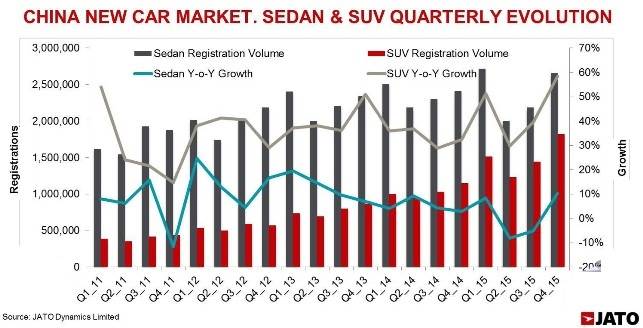
“Our analysis shows that the Chinese automotive sector is in a period of transition. Growth is coming from less mature cities and from newer segments such as SUVs. Regulators and manufacturers now face the challenge of finding a way to sustain such an economically important industry, while also addressing its environmental and social impacts,” commented Felipe Munoz, global automotive analyst at JATO Dynamics.

RELATED ARTICLES
Kia displays EV5 and Sonet SUVs for Chinese market
Kia has unveiled a number of key models and new technologies for Chinese customers at the 2024 Beijing International Aut...
Nissan targets growth in China, unveils four NEV concepts at Beijing Motor Show
The two EVs and two plug-in hybrids are a joint effort with Nissan’s local partner Dong Feng and aimed to better address...
Lamborghini unveils Urus SE ahead of Auto China 2024
Electric-only range of 60km helps reduce emissions by 80%.





 By Autocar Pro News Desk
By Autocar Pro News Desk
 07 Apr 2016
07 Apr 2016
 3565 Views
3565 Views




